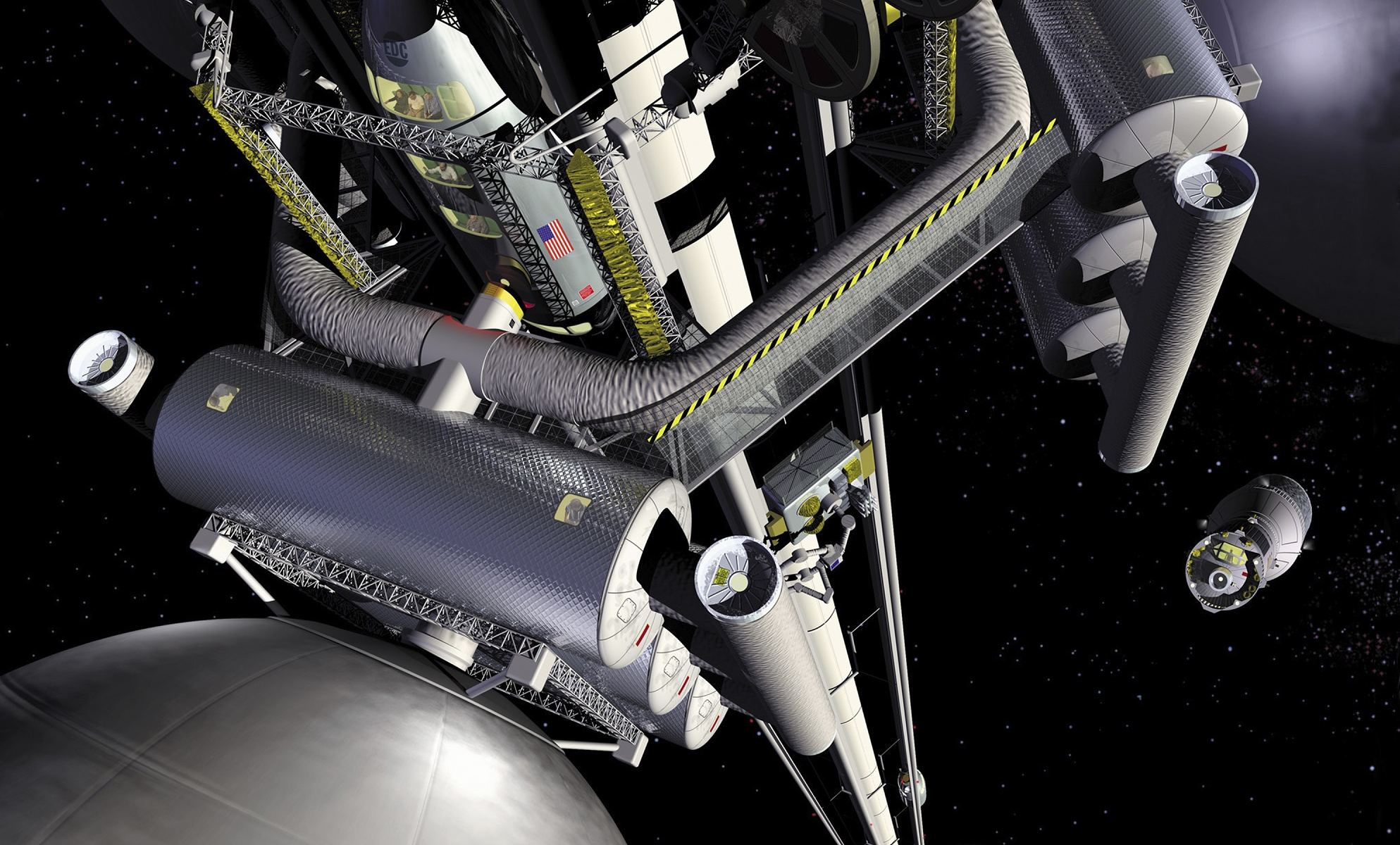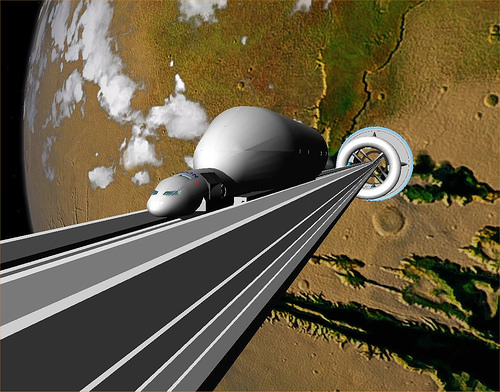Welcome back to our ongoing series, “The Definitive Guide To Terraforming”! We continue with a look at the Moon, discussing how it could one day be made suitable for human habitation.
Ever since the beginning of the Space Age, scientists and futurists have explored the idea of transforming other worlds to meet human needs. Known as terraforming, this process calls for the use of environmental engineering techniques to alter a planet or moon’s temperature, atmosphere, topography or ecology (or all of the above) in order to make it more “Earth-like”. As Earth’s closest celestial body, the Moon has long been considered a potential site.
All told, colonizing and/or terraforming the Moon would be comparatively easy compared to other bodies. Due to its proximity, the time it would take to transport people and equipment to and from the surface would be significantly reduced, as would the costs of doing so. In addition, it’s proximity means that extracted resources and products manufactured on the Moon could be shuttled to Earth in much less time, and a tourist industry would also be feasible.
Continue reading “How Do We Terraform The Moon?”



